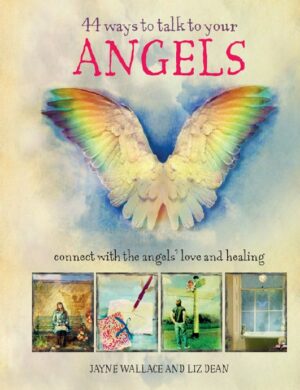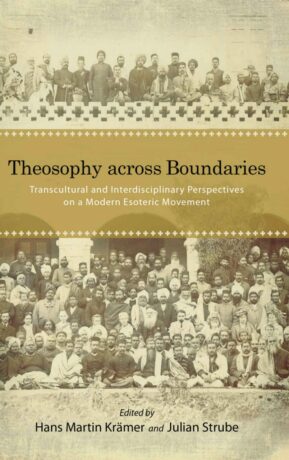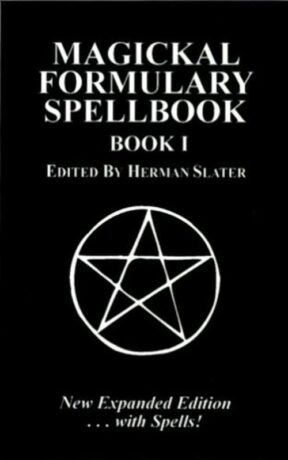Skip to content
Magick Matters
🕵️🐷🕵️ zero-day🕵️🐷🕵️
"Highly prized for their beauty, crystals can take the shape of jewelry, household objects, and an array of self-care products. But it’s the ideas they stand for that draw people to their raw forms. Like astrology, tarot, and modern witchcraft, crystals help practitioners understand themselves and the wider world around them.
In this collection of sharply observed essays, Jaya Saxena reflects on—and challenges—the ideas associated with eleven popular stones, including unconditional love (rose quartz), happiness and success (citrine), balance (amethyst), self-care (black tourmaline), purity (pearl), imposter syndrome (pyrite), toxic positivity (carnelian), change (opals), traditional concepts of marriage (diamonds), presentation versus identity (obsidian), and death (amber).
The result is a deeply personal book...>>
"Theosophy across Boundaries brings a global history approach to the study of esotericism, highlighting the important role of Theosophy in the general histories of religion, science, philosophy, art, and politics. The first half of the book consists of seven perspectives on the activities of the Theosophical Society in very different regional contexts, ranging from India, Vietnam, China, and Japan to Victorian Britain and Israel, shedding new light on the entanglement of “Western” and “Oriental” ideas around 1900. The second half explores specific cultural influences that Theosophy exerted in the spheres of literature, art, and politics, using case studies from Sri Lanka, Burma, India, Japan, Ireland, Germany, and Russia. The examples clearly show that Theosophy...>>





